No one was around when I shoved off the dock in my wherry, and I was glad of it: the current from the tannin-stained water of Florida’s Carrabelle River pushed the boat back into the dock before I shipped the second oar. On the second attempt, I narrowly escaped the dock’s ragged, rusty metal corner and luckily got turned into the current with both oars in the water. The boat is packed and ready to go at a ramp on the left bank of the Carrabelle River. It’s February and the marina is largely deserted.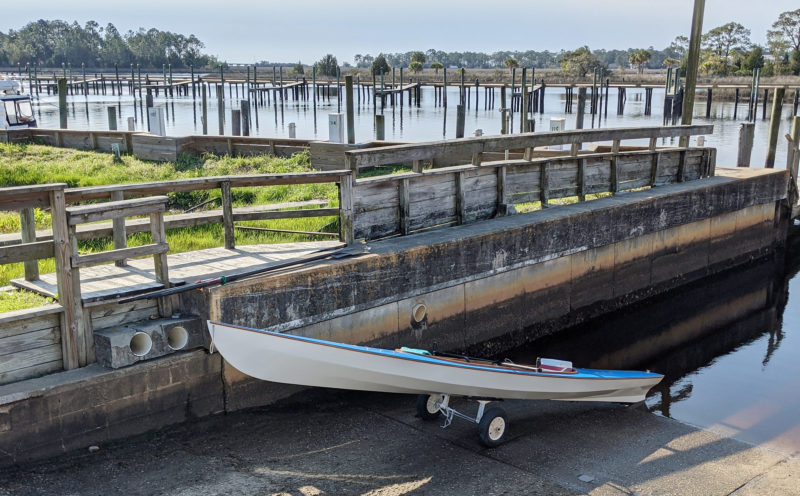 Photographs by the author
Photographs by the author
Join The Conversation
We welcome your comments about this article. If you’d like to include a photo or a video with your comment, please email the file or link.

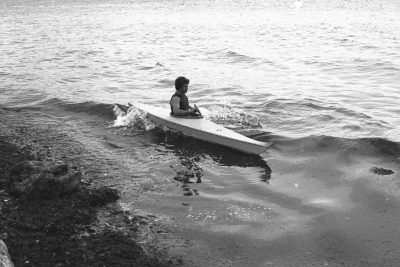
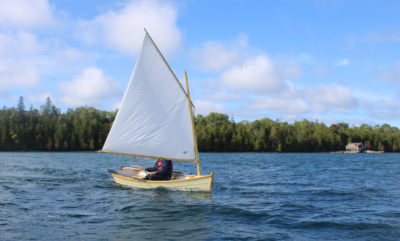
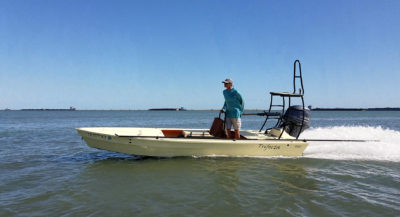
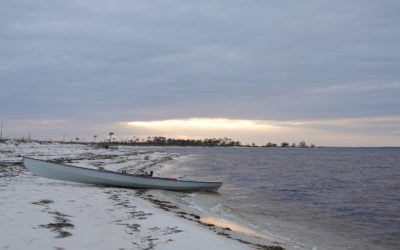
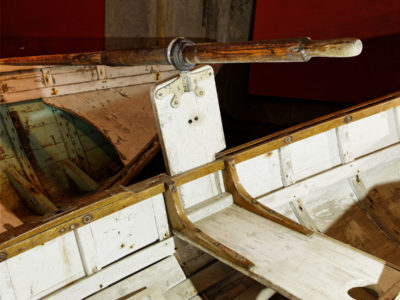
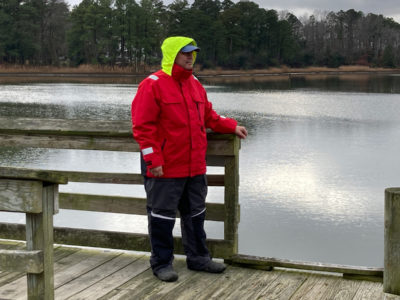
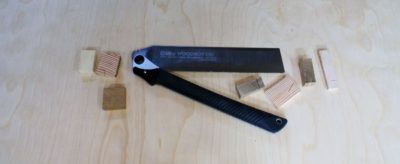


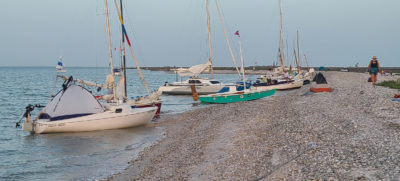
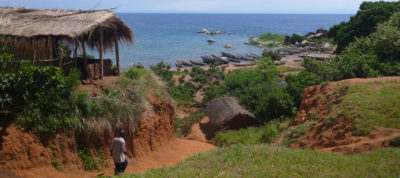
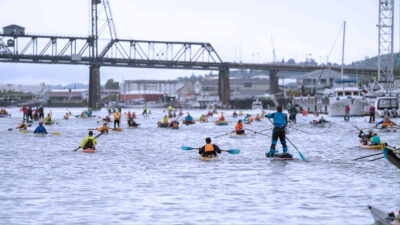
Bill,
I spent two Januarys on Dog Island in college 30 some years ago. Your story brought me back to those sand beaches, dunes, and marshes. I very much hope to get back there some day in person. But for today, your words are enough.
Thank you,
Paul
Thank you! It’s a unique place. By accident, I was talking to a neighbor’s son who had also gone there as a teenager about the same time as you. He described the house on the bluff overlooking the Gulf – but due to Irma, it’s not there now. I think I have a photo of the house – a pile of old building materials at the bottom of the bluff.
Cheers!
Bill
I enjoyed reading this, Bill. My wife and I love visiting Florida’s Forgotten Coast, so being able to see it through someone else’s eyes–especially from the point of view of a small boat–is always rewarding. Thank you for sharing.
Thank you! I really appreciate the comment. Interestingly, your article “Sunday Pass” inspired me to both do the trip and the writing – simple and fun. As I told Chris from the beginning, “I’m an amateur writer!” Poor guy, he stayed with me and I probably used up 90% of his time. I’ve always been interested in Padre Island and environs. Not sure if I’ll ever get there or not. As you say, there’s also lots more to explore on FL’s Forgotten Coast.
Cheers!
Nice story. I went to FSU and so took several trips to the beaches on St. George. Never occurred to me to take a kayak and paddle to explore this island. Oh well, maybe one day I will get back there.
Thanks for the story, Bill!
Never been to Florida, with or without a boat, and am not likely to, but the story of your little adventure brings it to life for me.